
SHILLONG, SEPT 18: Meghalaya governor KK Paul said effective early warning systems for disaster require strong technical foundations and good knowledge of the risks but at the same time must be strongly ‘people-centered’.
“They must be strongly people centered – with clear messages, dissemination systems that reach those at risk, and knowledgeable responses by risk managers and the public,” Paul said.
Paul was addressing at the inaugural function of the two day Regional Conference on ‘Geo-informatics, for early warning of disasters, with special emphasis on NE Region’ held at Multi-Conventional Hall, NEHU on Thursday.
Stating that public awareness and education are critical, Paul said, “Effective early warning systems must be embedded in an understandable manner and relevant to the communities which they serve.”
According to Paul, a complete and effective, people centred early warning system comprises four inter-related elements, spanning knowledge of hazards and vulnerabilities, through to preparedness and capacity to respond.
Weakness in any one of the elements could result in failure of the whole system, Paul said adding, “Major players concerned with the different elements should meet regularly to ensure that they understand all of the other components and weaknesses as well as strengths of each other.”
Paul further stated that predictions are not useful, however, unless they are translated into a warning and action plan the public can understand but the information must also reach the public in a timely manner.
Asserting that monitoring and predicting is only one part of the early warning process, Paul said, “Monitoring and predicting systems, if associated with communication system and response plans, can then be considered early warning systems. This information gives the possibility of taking action to initiate mitigation or a security measure before a catastrophic event occurs.”
Pointing out that North East is prone to various natural and manmade disasters, Paul informed that he had made two suggestions in the recent Governors Conference held earlier this year on the need to replicate the Early Earthquake Warning (EEW) system project funded by the Centre’s department of Earth Sciences.
“The project involves installing earthquake warning sensors in earthquake origin (epicenter) prone areas and interpretation of the data generated by a suitable Technical Institute,” Paul said.
Paul also informed that it is suggested that a similar project of Rs 4 crores could be assigned to NEC to cover the NE region under an EEW system. He suggested the need to set up a National Disaster Training Centre in North East in view of the fact that the entire NE region is under the highest seismic zone.
According to Paul, one such critical service area is disaster management adding people centered early warning systems empower communities to prepare for and confront the power of the natural hazards.
Organized by the Indian Society of Geomatics, Shillong Chapter in collaboration with the North East Space Application Centre (NESAC), the conference was attended by people coming from different parts of the country including Rajasthan, Guwahati, and Orissa.- By Our Reporter











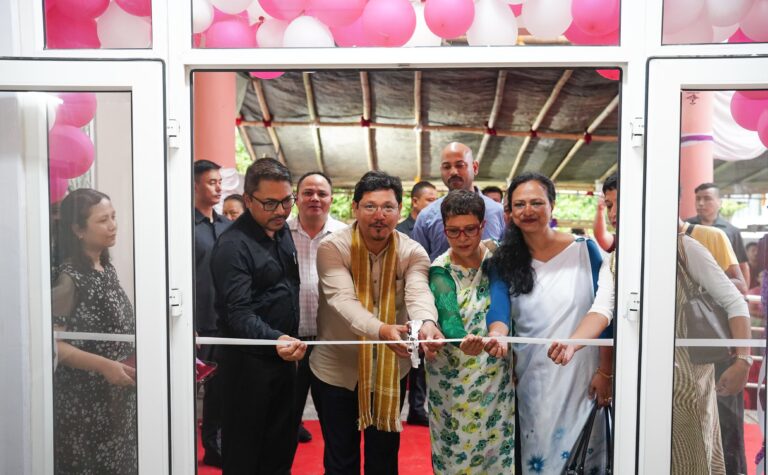
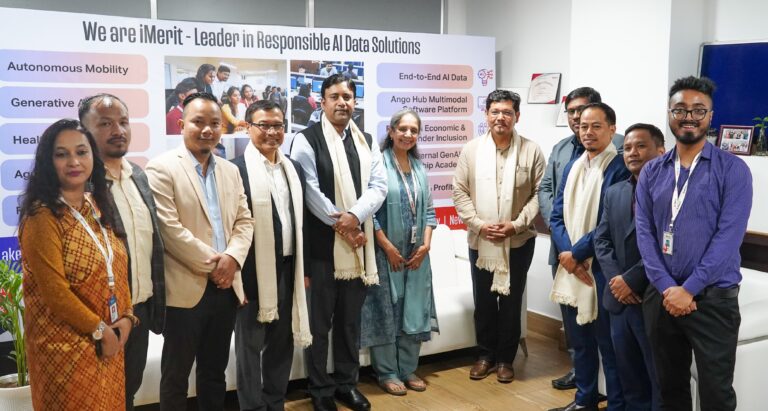
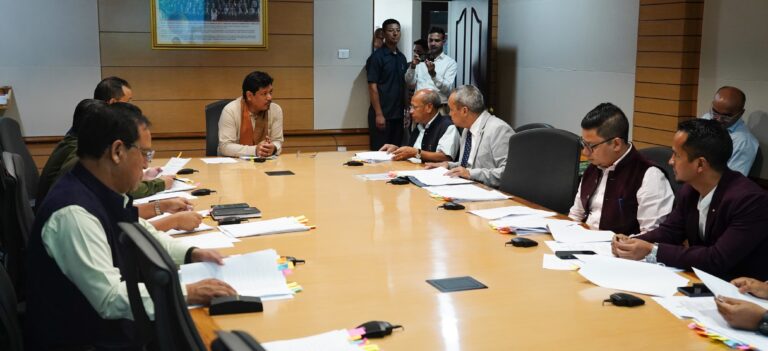


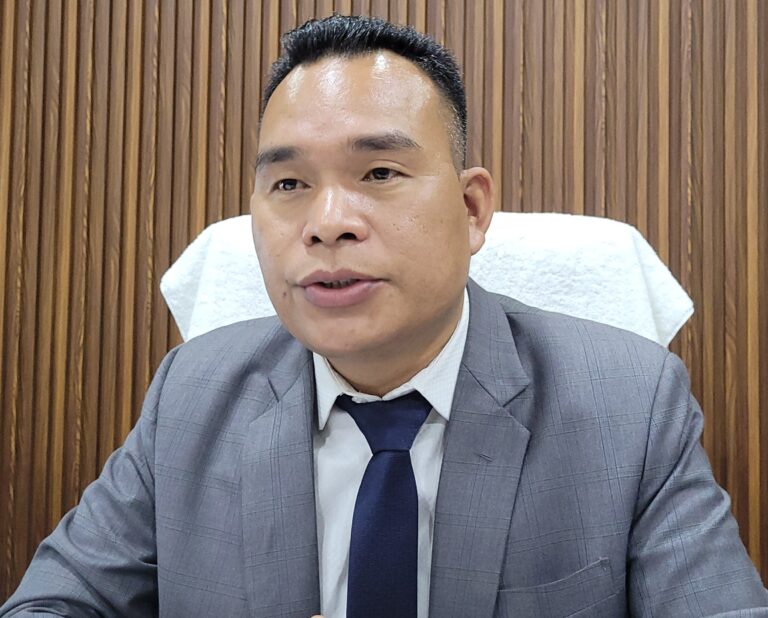


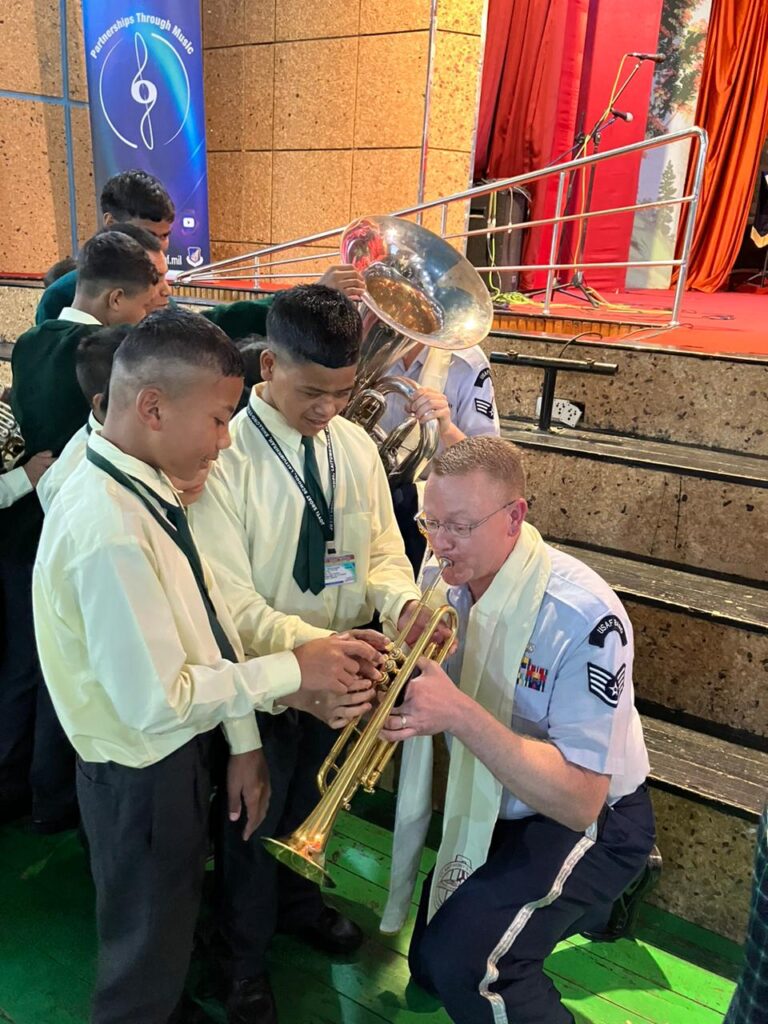
+ There are no comments
Add yours